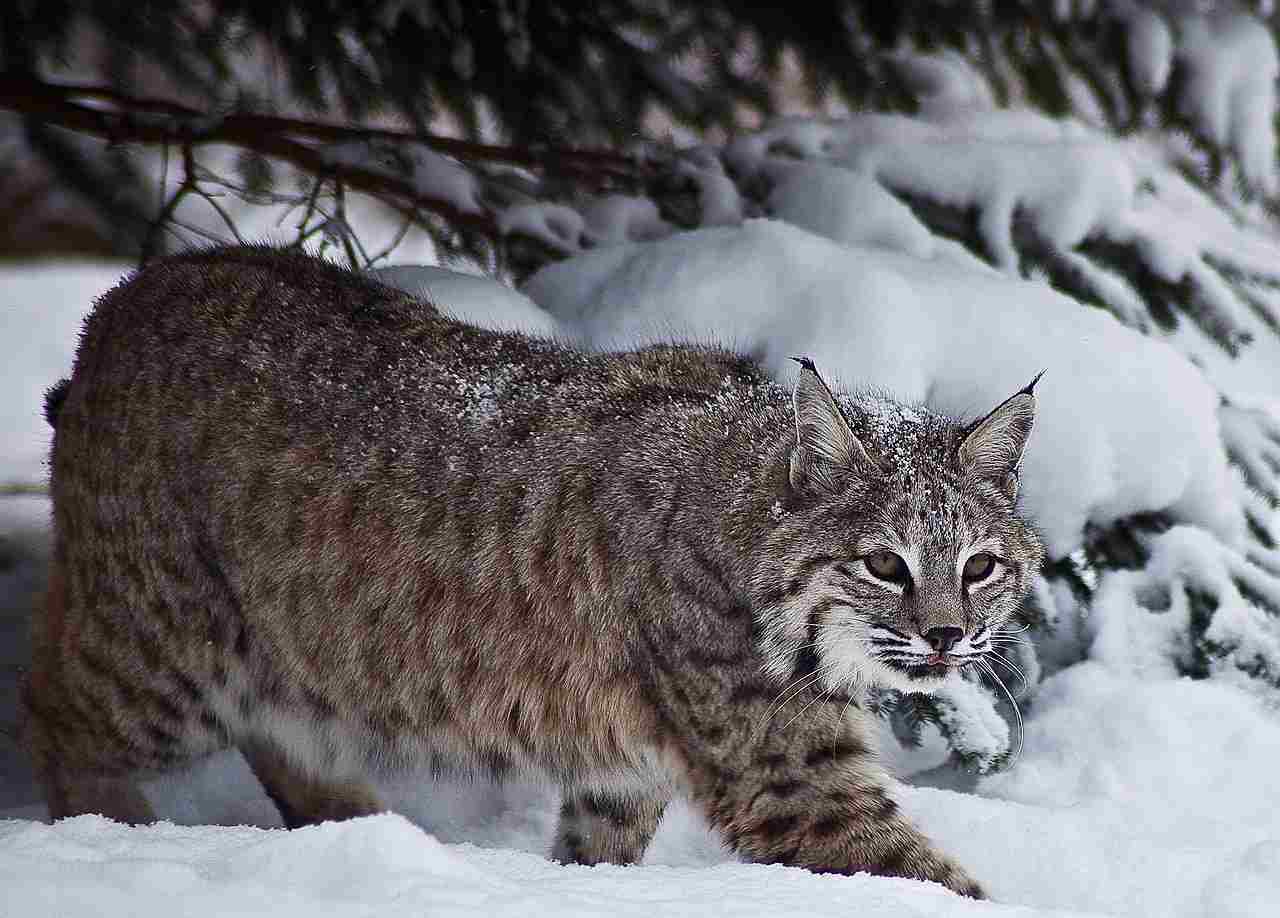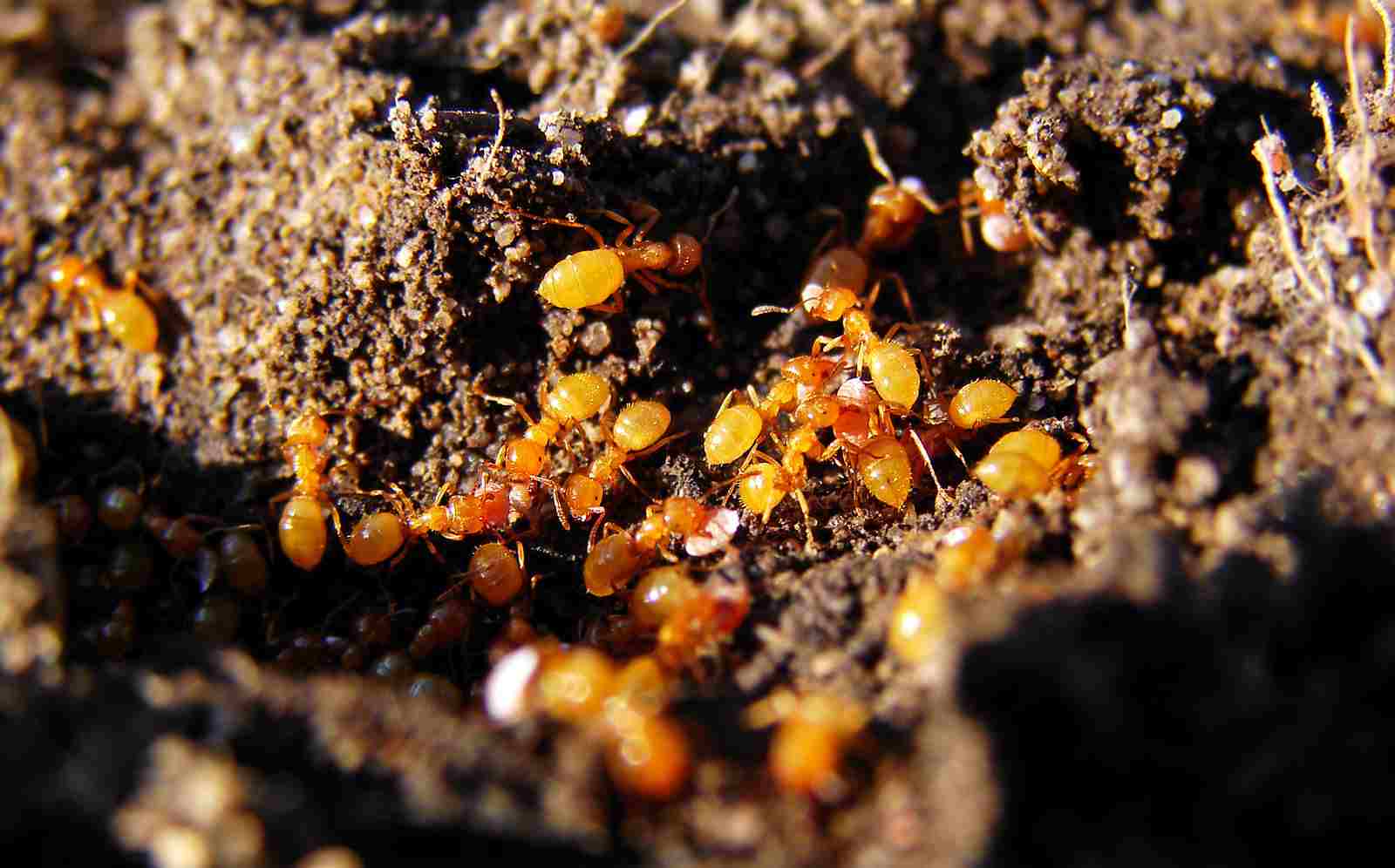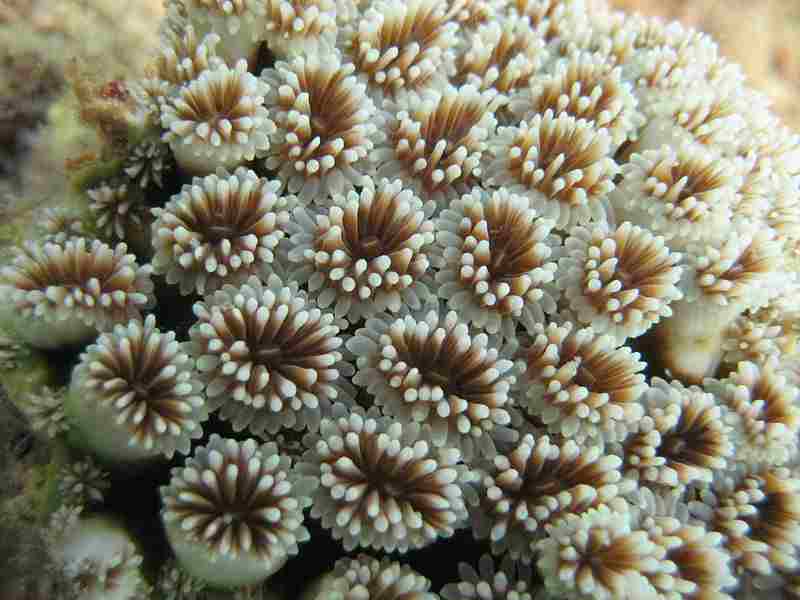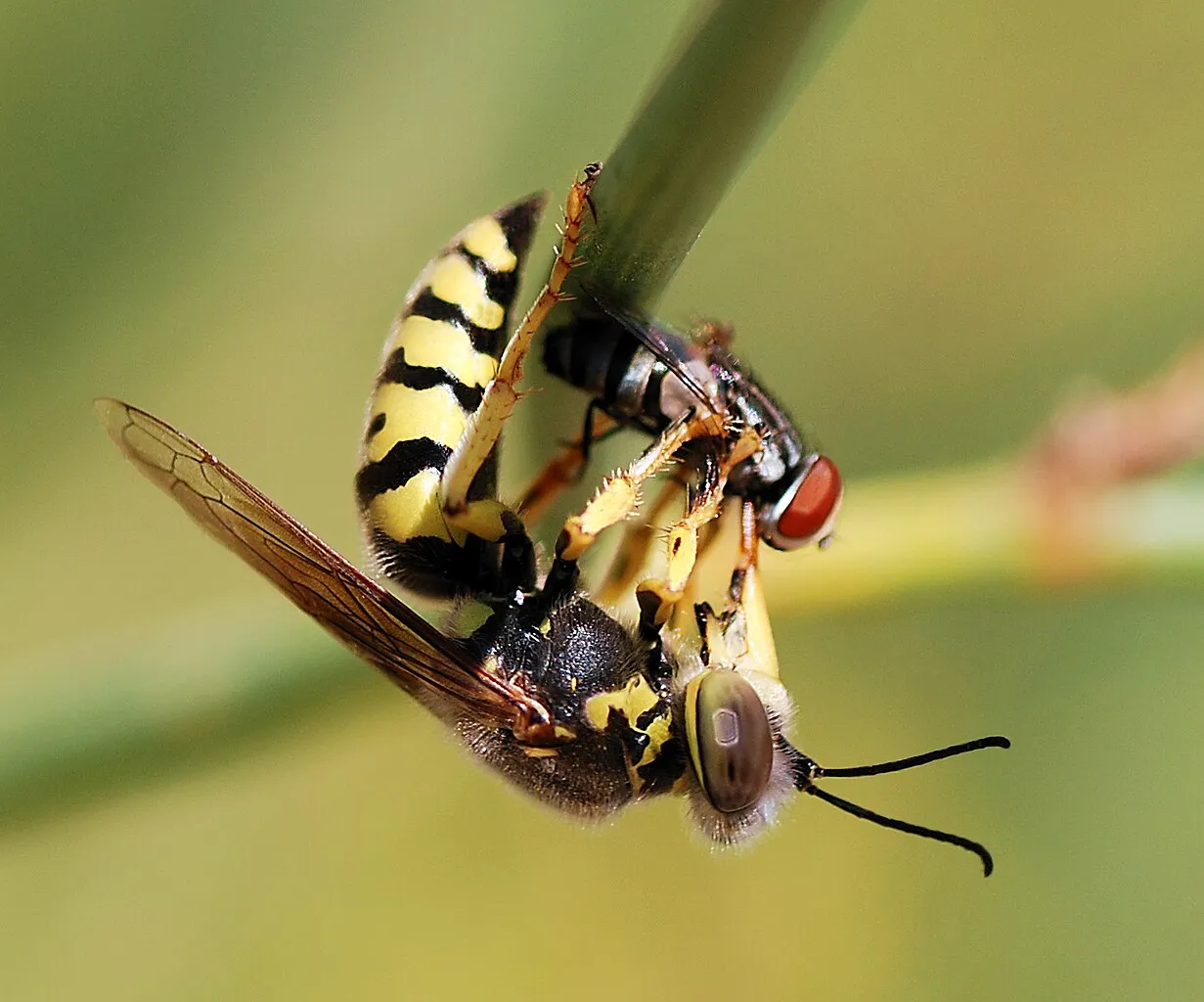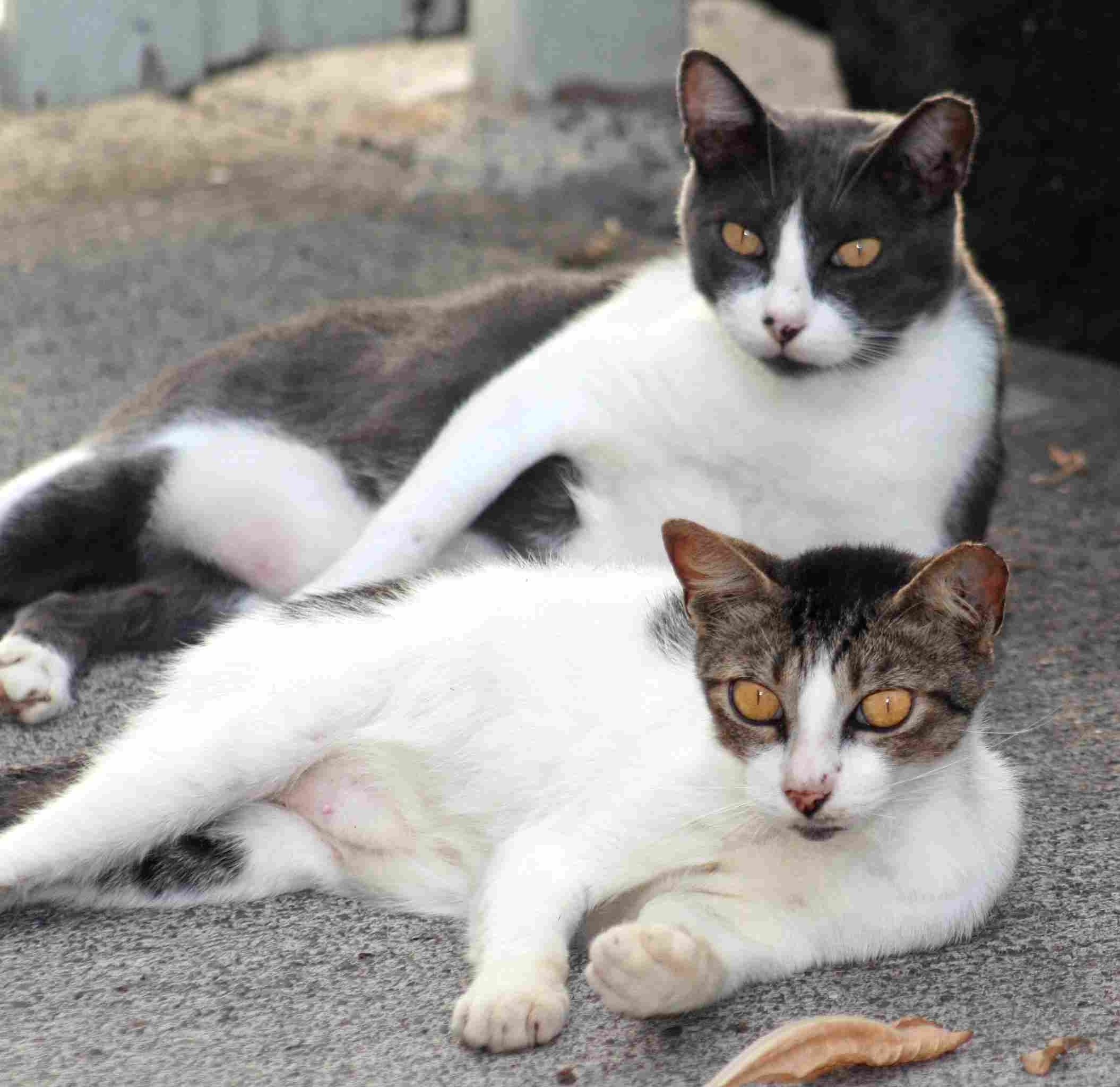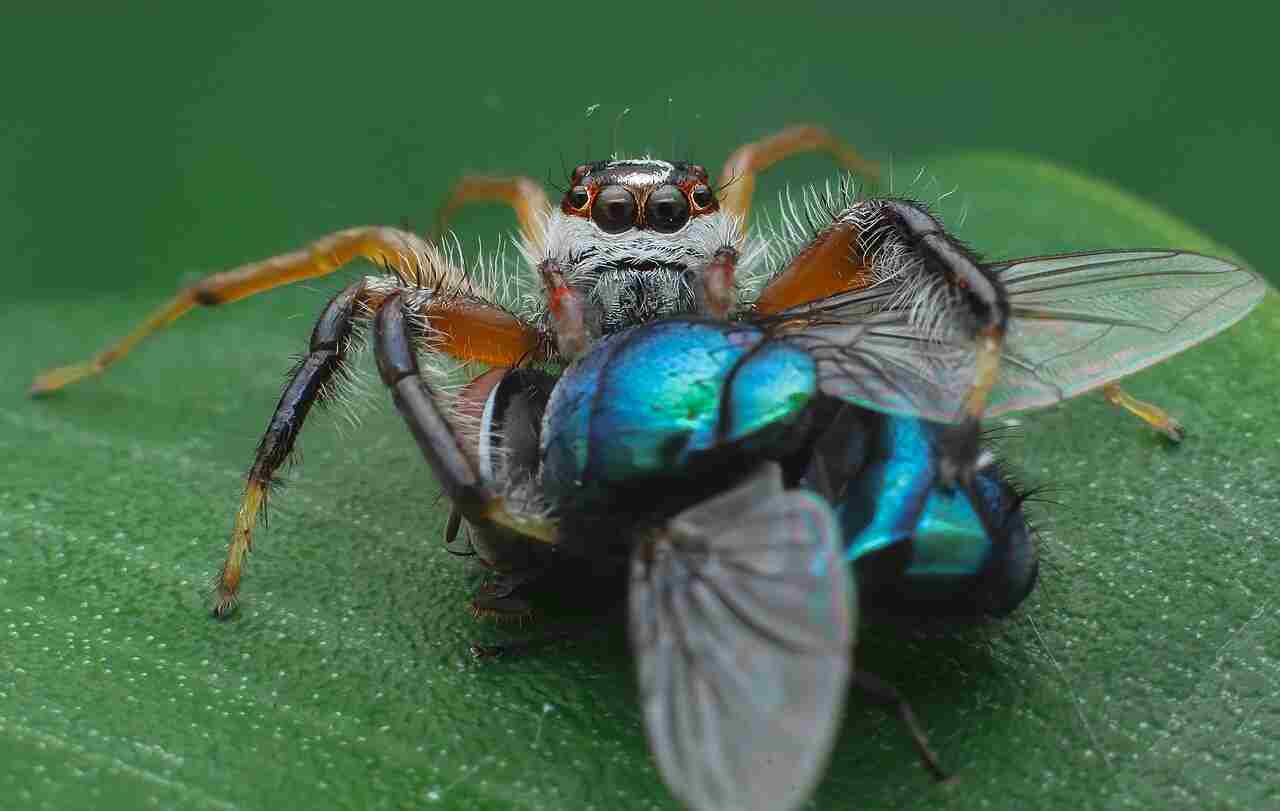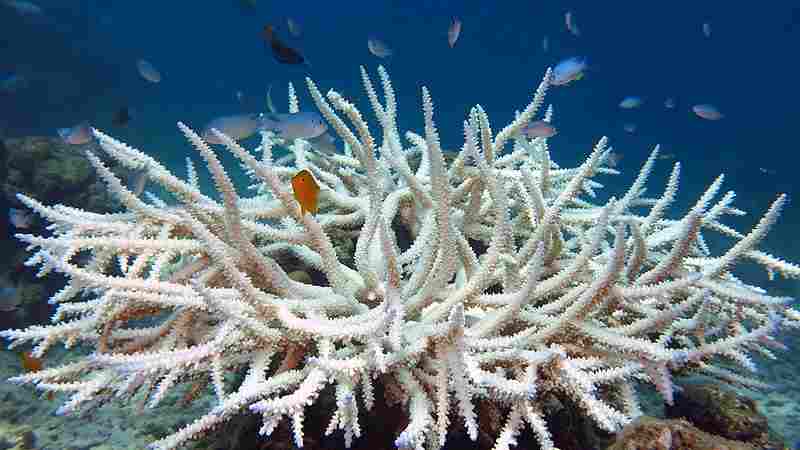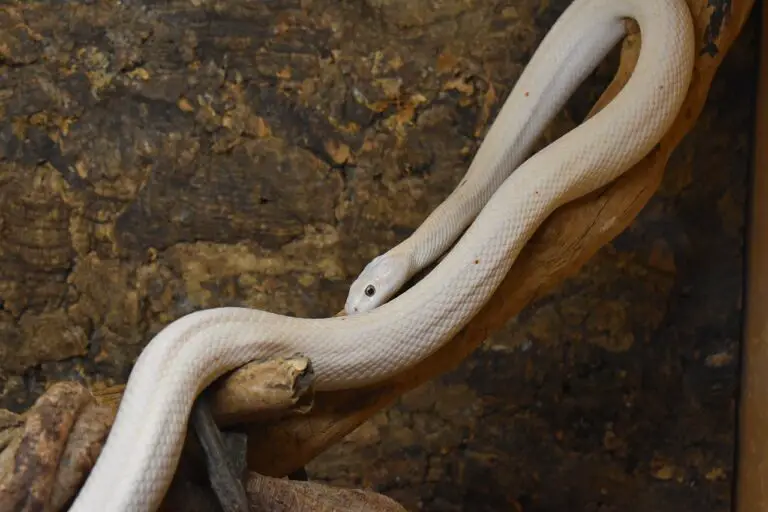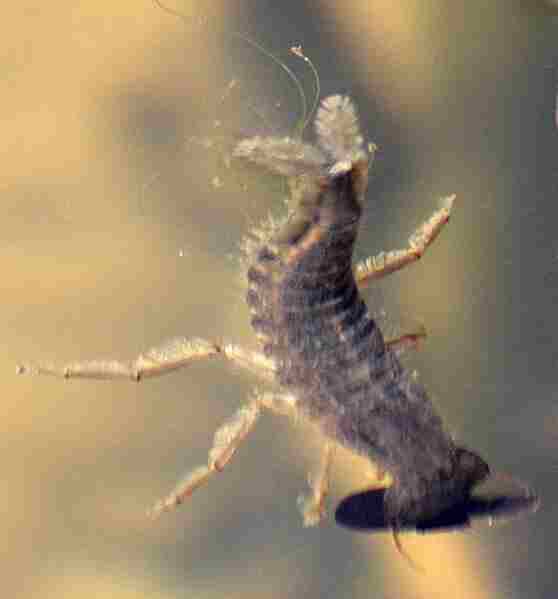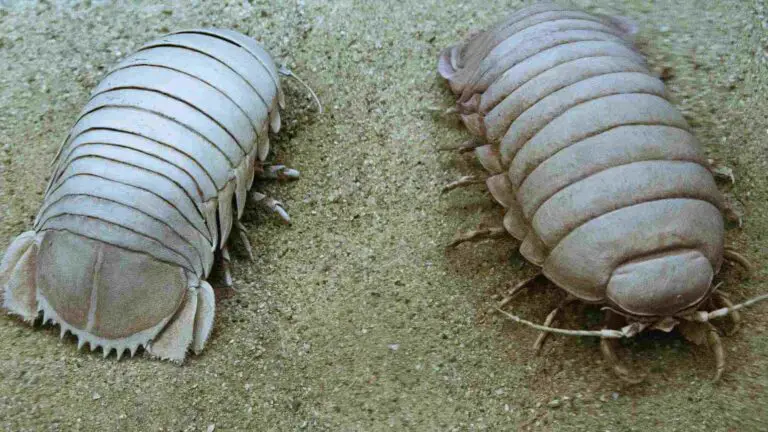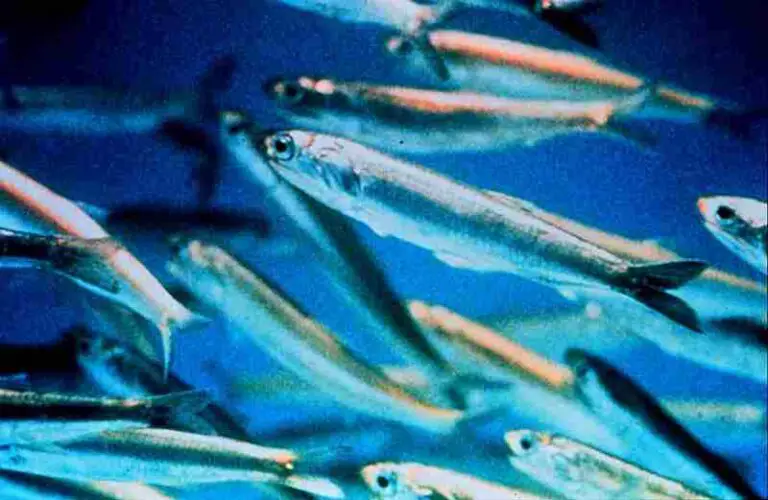35+ Dangerous Animals In Texas And Their Characteristics
Examples of dangerous animals in Texas are the venomous rattlesnake, the aggressive feral hog, and the potentially deadly bull shark. Venomous snakes such as copperheads, cottonmouths, and coral snakes are also common, posing risks through their bites. Other dangerous creatures include scorpions and venomous spiders like black widows and brown recluses. Larger predators such as alligators, cougars, and bobcats can be dangerous when defending their territory. Additionally, aggressive insects like fire ants and tarantula hawk wasps pose risks through painful stings. These animals contribute to the diverse and sometimes hazardous wildlife in Texas.
1. Rattlesnake
Rattlesnakes are among the most dangerous animals in Texas, known for their distinctive rattling sound and potent venom. These venomous snakes belong to the pit viper family and can be found in a variety of habitats across the state, from arid deserts to dense forests. The most common species in Texas include the Western Diamondback Rattlesnake and the Timber Rattlesnake. Rattlesnakes use their rattles as a warning signal to potential threats, allowing humans and other animals to avoid confrontation. However, when threatened or cornered, they can strike with remarkable speed and accuracy, injecting venom that can cause severe pain, swelling, and in rare cases, life-threatening complications. It’s crucial to exercise caution when hiking or working in areas where rattlesnakes are prevalent, and always seek immediate medical attention in case of a snakebite.
2. Copperhead
Copperheads are another type of venomous snake found in Texas, particularly in the eastern and central regions of the state. Recognizable by their copper-colored heads and distinctive hourglass-shaped bands along their bodies, copperheads typically inhabit wooded areas, swamps, and rocky outcrops. While their venom is less potent than that of rattlesnakes, it can still cause significant pain, swelling, and tissue damage. Copperheads tend to rely on camouflage and may remain motionless, making them easy to overlook and increasing the risk of accidental encounters. They usually strike in self-defense, so it’s essential to watch your step in areas where copperheads might be hiding, such as leaf litter or underbrush.
3. Cottonmouth (Water Moccasin)
The cottonmouth, also known as the water moccasin, is a highly venomous snake found in Texas’s swamps, marshes, and waterways. Named for the white interior of its mouth, which it often displays as a threat, the cottonmouth can be aggressive and territorial. This snake can grow quite large, and its venom can cause significant tissue damage and systemic effects if not treated promptly. While not typically as deadly as rattlesnake venom, cottonmouth bites can be very painful and lead to severe complications if medical attention is delayed. When near water, be cautious and watch for these snakes basking on logs, rocks, or other surfaces.
4. Coral Snake
The coral snake is one of the most venomous snakes in Texas, easily identified by its bright red, yellow, and black bands. A member of the elapid family, which includes cobras, the coral snake has a neurotoxic venom that can cause paralysis and respiratory failure if left untreated. Unlike other venomous snakes in Texas, coral snakes have small fangs and must chew to inject venom, making their bites less common. However, if bitten, it is crucial to seek medical attention immediately, as the effects of their venom can be delayed but are potentially life-threatening. Coral snakes are typically shy and reclusive, often found in wooded or sandy areas, so caution is advised when exploring these environments.
5. Scorpion
Scorpions are common in many parts of Texas, with the striped bark scorpion being the most prevalent species. Although their sting is not usually lethal, it can cause intense pain, swelling, numbness, and muscle spasms. Some individuals may experience allergic reactions, leading to more severe symptoms such as difficulty breathing or swelling of the throat. Scorpions are nocturnal and tend to hide in dark places, such as under rocks, in woodpiles, or inside homes. To avoid scorpion stings, be sure to check shoes, clothing, and bedding before use, and take precautions when moving items where scorpions might be hiding.
6. Black Widow Spider
The black widow spider is a highly venomous arachnid found in Texas, recognized by its glossy black body and distinctive red hourglass marking on the underside of its abdomen. Although their bites are rare and seldom fatal, they can cause severe muscle pain, cramps, nausea, and difficulty breathing. Black widows typically build their webs in dark, undisturbed areas such as sheds, garages, and crawl spaces. While these spiders are not generally aggressive, they will bite when threatened or disturbed. To minimize the risk of a black widow bite, it’s advisable to wear gloves when working in potentially infested areas and exercise caution when reaching into dark corners.
7. Brown Recluse Spider
The brown recluse spider is another venomous arachnid found in Texas, most commonly in the central and northern regions. Identified by its violin-shaped marking on the back, the brown recluse has a potent venom that can cause necrotizing wounds, leading to tissue damage and slow-healing sores. Though they are not aggressive and usually bite only when disturbed, their bites can have serious consequences, especially if left untreated. Brown recluses tend to hide in dark, undisturbed places, like closets, attics, or under furniture. It’s important to be cautious when cleaning or moving items in these areas, and if bitten, seek medical attention promptly.
8. Alligator
American alligators are native to the eastern part of Texas and are typically found in swamps, rivers, and lakes. These large reptiles can be aggressive, particularly when defending their nests or territory. With powerful jaws and sharp teeth, alligators can inflict severe injuries if they attack. While they generally avoid humans, incidents can occur if people venture too close to their habitat or feed them, which reduces their natural fear of humans. To stay safe around alligators, maintain a safe distance, avoid swimming in areas where they are known to inhabit, and never feed them. Always respect warning signs and follow local guidelines when visiting areas where alligators are present.
9. Coyote
Coyotes are common throughout Texas, adaptable to various habitats, including urban and suburban areas. While generally wary of humans, coyotes can become bold and aggressive, especially when food sources are scarce or if they have become habituated to human presence. Coyotes may prey on pets and livestock, and in rare cases, they may attack humans, particularly children. To minimize encounters with coyotes, it’s important to keep pets on a leash, secure garbage and food sources, and avoid feeding wildlife. If you encounter a coyote, make loud noises, wave your arms, and stand your ground to discourage it from approaching.
10. Bobcat
Bobcats are medium-sized wildcats found throughout Texas, known for their tufted ears and short, bobbed tails. Although they are generally shy and avoid human contact, bobcats can pose a threat to pets and small livestock. In rare cases, they may become aggressive, especially if they feel cornered or threatened. Bobcats are most active at dawn and dusk, and they typically hunt small mammals, birds, and reptiles. To reduce the risk of encounters with bobcats, it’s best to keep pets indoors at night, secure poultry enclosures, and remove potential food sources from around your property. If you encounter a bobcat, do not approach it and give it a wide berth.
11. Cougar (Mountain Lion)
Cougars, also known as mountain lions or panthers, are the largest cats in Texas and can be found in remote areas of the western part of the state. Although they usually avoid human contact, they are powerful predators capable of hunting large prey, including deer. In rare cases, cougars have attacked humans, often when defending territory or protecting their young. To stay safe in cougar territory, hike in groups, make noise to alert them to your presence, and carry bear spray or other deterrents. If you encounter a cougar, remain calm, back away slowly without turning your back, and make yourself appear larger by raising your arms or opening a jacket.
12. Feral Hog
Feral hogs are a significant problem in Texas, with large populations throughout the state. These invasive animals are aggressive and can cause extensive damage to crops, property, and natural habitats. Feral hogs have sharp tusks and can be dangerous when cornered or threatened. They can also spread diseases to livestock and humans. To minimize encounters with feral hogs, avoid dense brush and tall grass where they might be hiding, and do not attempt to approach or feed them. If you encounter a feral hog, give it a wide berth, and consider carrying a noise-making device or pepper spray for deterrence.
13. Bull Shark
Bull sharks are found along the Texas coast and in some freshwater rivers and bays. They are known for their aggressive behavior and adaptability to different environments, including saltwater and freshwater. Bull sharks have a reputation for being one of the most aggressive shark species, capable of powerful bites that can cause severe injury or death. When swimming or boating in areas where bull sharks are known to inhabit, it’s essential to follow safety guidelines, such as avoiding swimming at dawn or dusk, staying in groups, and avoiding areas where bait fish are concentrated. If a shark is spotted, calmly exit the water and alert local authorities.
14. Stingray
Stingrays are commonly found in Texas coastal waters and can be a hazard to swimmers and waders. Although not inherently aggressive, stingrays have venomous barbs on their tails that they use in self-defense when threatened. If accidentally stepped on, a stingray can deliver a painful sting that can cause swelling, muscle cramps, and infection if not treated promptly. To avoid stingray stings, shuffle your feet when walking in shallow water to alert them to your presence, and be cautious when handling or approaching stingrays in their natural habitat. If stung, seek immediate medical attention and soak the affected area in hot water to alleviate pain.
15. Fire Ant
Fire ants are a common problem in Texas, known for their aggressive behavior and painful stings. These small, reddish-brown ants build large mounds in open areas and can swarm quickly when disturbed. Fire ant stings are painful and can cause allergic reactions, including severe swelling and, in rare cases, anaphylaxis. To reduce the risk of fire ant encounters, be cautious when walking in areas with visible ant mounds, and avoid disturbing them. If stung by fire ants, remove any ants from your skin and apply a cold compress to reduce swelling. Seek medical attention if you experience severe symptoms or allergic reactions.
16. Tarantula Hawk Wasp
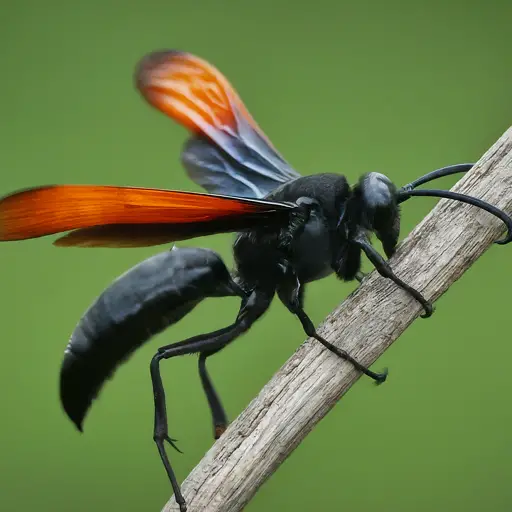
The tarantula hawk wasp is one of the most feared wasps in Texas, known for its large size and powerful sting. These wasps are typically black with orange wings and can be found in a variety of habitats, including deserts, grasslands, and woodlands. Despite their fearsome reputation, tarantula hawk wasps are generally not aggressive toward humans, but their sting is incredibly painful and can cause temporary paralysis and swelling. To avoid encountering these wasps, be cautious when walking in areas where they might be found, and do not attempt to handle or provoke them. If stung, apply a cold compress to reduce pain and swelling, and seek medical attention if symptoms persist.
17. Centipede
Centipedes are multi-legged arthropods found in various regions of Texas, with some species capable of delivering painful bites. The Texas giant centipede, in particular, can grow up to 8 inches long and has venomous fangs that can cause intense pain, swelling, and redness if it bites. Although centipedes are not typically aggressive toward humans, they can bite in self-defense if handled or provoked. To avoid centipede bites, be cautious when reaching into dark or hidden areas where they might be hiding, such as under rocks or in woodpiles. If bitten, clean the area and apply a cold compress to reduce swelling, and seek medical attention if the reaction is severe.
18. Great Horned Owl
The great horned owl is one of the largest and most widespread owls in Texas, known for its distinctive tufts of feathers resembling horns and its deep hooting call. While these owls are generally not dangerous to humans, they are powerful predators with sharp talons and beaks capable of causing significant injuries. Great horned owls can become aggressive when defending their nests, particularly during the breeding season. To avoid conflicts with these owls, maintain a safe distance from their nesting areas, especially at night when they are most active. If a great horned owl shows signs of aggression, such as hissing or swooping, slowly back away and avoid making direct eye contact.
19. Red-tailed Hawk
The red-tailed hawk is a common bird of prey in Texas, recognizable by its broad wings and distinctive red tail. These hawks are skilled hunters, using their sharp talons and beaks to catch prey such as small mammals and birds. While red-tailed hawks are generally not dangerous to humans, they can become aggressive when defending their nests or territory. To avoid conflicts with these hawks, avoid disturbing their nesting areas and be cautious when walking near their territories, especially during the breeding season. If a red-tailed hawk behaves aggressively, do not approach it, and give it space to calm down.
20. Bald Eagle
The bald eagle, a symbol of American pride, is found in various regions of Texas, especially near lakes, rivers, and coasts where they hunt for fish and other prey. Although bald eagles are not typically aggressive toward humans, they are large raptors with strong talons and beaks, capable of causing injury if threatened. These majestic birds can become aggressive when protecting their nests or food sources. To stay safe around bald eagles, keep a respectful distance from their nesting areas, especially during the breeding season, and avoid disturbing them while they’re hunting or feeding. If you encounter a bald eagle, do not approach it, and avoid making sudden movements to prevent any aggressive response.
21. American Kestrel
The American kestrel is the smallest falcon in Texas, known for its vibrant plumage and agile flight. These birds are skilled hunters, preying on small mammals, birds, and insects. Although not typically dangerous to humans, American kestrels can be territorial and may exhibit aggressive behavior when protecting their nesting sites. They use their sharp beaks and talons to defend against threats. To avoid conflicts with American kestrels, it’s best to keep a respectful distance from their nesting sites and avoid disturbing them during breeding season. If you encounter an aggressive kestrel, maintain a calm demeanor and slowly back away.
22. Mexican Free-tailed Bat
The Mexican free-tailed bat is a common bat species in Texas, often seen in large colonies emerging at dusk to hunt for insects. Although these bats are not aggressive toward humans, they can carry diseases like rabies, posing a potential health risk. Bats are protected wildlife, and it’s crucial not to disturb their roosts or colonies. If you find a bat inside your home or suspect it might be carrying a disease, avoid direct contact and contact animal control or wildlife experts to safely remove it. Always use protective gloves when handling items that may have been contaminated by bats.
23. Armadillo
Armadillos are unique mammals in Texas, known for their armored shells and burrowing habits. While generally not aggressive toward humans, armadillos can carry diseases like leprosy and are capable of digging extensive burrows that may cause damage to property. Their sharp claws and strong digging ability can also pose a risk to gardens and landscaping. To avoid problems with armadillos, secure your property to prevent them from digging, and be cautious when handling them to avoid potential disease transmission. If you find an armadillo on your property, it’s best to contact local wildlife control to handle its removal safely.
24. Ocelot
The ocelot is a rare and protected wildcat found in southern Texas, known for its striking spotted coat. These elusive cats are generally not dangerous to humans, preferring to avoid contact, but they can be territorial and may defend themselves if threatened. Ocelots primarily prey on small mammals, birds, and reptiles. Given their protected status, it’s crucial to avoid disturbing their habitats or engaging in activities that could harm their population. If you encounter an ocelot, maintain a safe distance and do not attempt to approach or interact with it. To help preserve ocelot populations, support local conservation efforts and follow wildlife protection guidelines.
25. Bison
Bison, also known as American buffalo, are large and powerful animals native to the plains of Texas. While generally not aggressive toward humans, bison can be dangerous when provoked or defending their young. Their massive size, strength, and sharp horns can cause significant injuries if they charge. To avoid conflicts with bison, maintain a safe distance and do not attempt to approach or feed them. Bison are best observed from a distance, and it’s essential to respect their space, especially during breeding season or when they are with calves. If you visit areas where bison roam, follow park guidelines and avoid making sudden movements that might provoke them.
26. Wild Turkey
Wild turkeys are large birds found throughout Texas, known for their distinctive plumage and impressive tail displays. Although they are not typically aggressive toward humans, wild turkeys can become territorial and aggressive, especially during mating season or when protecting their young. They have sharp beaks and strong legs that they use for defense. To avoid conflicts with wild turkeys, do not approach them or disturb their nests, and avoid feeding them, as it can lead to habituation and increased aggression. If you encounter an aggressive wild turkey, make yourself appear larger, make loud noises, and slowly back away to avoid escalating the situation.
27. Striped Skunk
The striped skunk is a common mammal in Texas, known for its distinctive black and white stripes and potent defensive spray. Skunks are generally not aggressive toward humans, but they will spray a foul-smelling chemical if threatened or cornered. This spray can cause irritation to the eyes, skin, and respiratory system, making it essential to avoid provoking skunks. Skunks can also carry rabies, adding to the potential risk. To avoid conflicts with striped skunks, do not approach them, and be cautious when walking in areas where they might be present, especially at night. If you or your pet is sprayed by a skunk, use appropriate cleaning methods to neutralize the odor, and seek medical attention if there are signs of rabies.
28. Great Blue Heron
The great blue heron is a large wading bird found in Texas, known for its long legs, sharp beak, and graceful flight. While they are not typically dangerous to humans, great blue herons can be territorial and may defend their nests aggressively. Their sharp beak and strong legs can cause injuries if they attack. To avoid conflicts with great blue herons, maintain a respectful distance from their nesting areas, especially during breeding season, and avoid disturbing them while they are hunting or feeding. If you encounter an aggressive great blue heron, slowly back away without making sudden movements to avoid provoking it further.
29. King Snake
King snakes are non-venomous snakes found throughout Texas, known for their vibrant patterns and ability to mimic venomous coral snakes. While they are not inherently dangerous to humans, king snakes can bite if threatened or mishandled. Their bites are generally harmless but can be painful. King snakes are beneficial to the ecosystem, as they prey on rodents and other small animals, helping control pest populations. To avoid conflicts with king snakes, do not attempt to handle or provoke them, and be cautious when walking in areas where they might be hiding. If bitten by a king snake, clean the wound and monitor for signs of infection, but medical treatment is usually not necessary.
30. Gila Monster
The Gila monster is a venomous lizard found in the southwestern parts of Texas, known for its bright colors and slow movements. While bites from Gila monsters are rare, they can be extremely painful and cause swelling, nausea, and difficulty breathing. Gila monsters are generally not aggressive toward humans, but they will bite in self-defense if handled or provoked. To avoid conflicts with Gila monsters, maintain a safe distance and do not attempt to handle them. If bitten, seek immediate medical attention, as their venom can cause significant discomfort and, in some cases, more severe reactions. Following local guidelines for wildlife encounters can help prevent dangerous situations.
31. Texas Longhorn
Texas Longhorns are large cattle known for their distinctive long horns and iconic status in the state. Although they are typically docile, Texas Longhorns can be dangerous when provoked or when protecting their young. Their large size, strength, and long horns can cause serious injuries if they charge or defend themselves. To avoid conflicts with Texas Longhorns, maintain a safe distance and do not attempt to approach or interact with them, especially during breeding season. If you visit areas where Texas Longhorns are present, follow guidelines and respect their space to prevent accidents or injuries.
32. Javelina
Javelinas, also known as collared peccaries, are wild pig-like animals found in southern and western Texas. Although they are generally not aggressive toward humans, javelinas can become defensive when cornered or threatened. They have sharp tusks and a strong sense of smell, allowing them to detect food sources from a distance. To avoid conflicts with javelinas, do not approach them, and secure food sources to prevent them from being attracted to your property. If you encounter a javelina, remain calm and slowly back away, avoiding sudden movements that might provoke them.
33. Mule Deer
Mule deer are large deer species found in western Texas, known for their large ears and distinctive bounding gait. Although they are generally not aggressive toward humans, mule deer can become dangerous when defending their territory or during the mating season. Their large size and sharp antlers can cause serious injuries if they attack. To avoid conflicts with mule deer, maintain a safe distance and do not approach them, especially during the breeding season or when they are with fawns. If you encounter an aggressive mule deer, slowly back away and avoid direct eye contact to prevent escalation.
34. White-tailed Deer
White-tailed deer are common throughout Texas, known for their white tails and graceful appearance. Although they are typically not dangerous to humans, white-tailed deer can become aggressive when defending their territory or during the rutting season. Their sharp antlers and strong hooves can cause serious injuries if they charge or kick. To avoid conflicts with white-tailed deer, do not approach them, especially during breeding season or when they are with fawns. If you encounter an aggressive white-tailed deer, slowly back away, and avoid making sudden movements that might provoke them.
35. Turkey Vulture
Turkey vultures are large scavenging birds found in Texas, known for their distinctive red heads and impressive wingspans. Although they are not inherently dangerous to humans, turkey vultures can be intimidating due to their size and behavior. These birds typically feed on carrion and play a crucial role in the ecosystem by cleaning up dead animals. Turkey vultures can become aggressive if they feel threatened or if they are protecting their feeding sites. To avoid conflicts with turkey vultures, maintain a respectful distance and do not attempt to approach or disturb them while they are feeding. If you encounter a turkey vulture, back away slowly and avoid sudden movements.
36. Peregrine Falcon
The peregrine falcon is one of the fastest birds in the world, known for its incredible speed and agility. These falcons are found in various regions of Texas, where they prey on birds and small mammals. Although they are not typically dangerous to humans, peregrine falcons can be aggressive when defending their nests or territory. Their sharp talons and beaks make them formidable predators. To avoid conflicts with peregrine falcons, do not approach their nesting areas, especially during the breeding season, and avoid disturbing them while they are hunting. If you encounter an aggressive peregrine falcon, maintain a safe distance and do not make direct eye contact to avoid provoking it.
| Animal | Description |
| Rattlesnake |
Venomous snake with a rattling tail; strikes when threatened; common in various Texas habitats.
|
| Copperhead |
Venomous snake with copper-colored heads; found in wooded areas; less potent venom but still dangerous.
|
| Cottonmouth (Water Moccasin) |
Venomous snake known for its white mouth; found in swamps and waterways; aggressive when threatened.
|
| Coral Snake |
Highly venomous snake with red, yellow, and black bands; rare but with potent neurotoxic venom.
|
| Scorpion |
Arthropod with venomous sting; prevalent in Texas; causes pain and, in some cases, severe reactions.
|
| Black Widow Spider |
Venomous spider with a red hourglass marking; bites can cause muscle pain and cramps; typically found in dark, undisturbed areas.
|
| Brown Recluse Spider |
Venomous spider with a violin-shaped marking; bites cause tissue damage; typically found in dark areas.
|
| Alligator |
Large reptile found in swamps and rivers; can be aggressive when defending territory; has powerful jaws and teeth.
|
| Coyote |
Wild canine found throughout Texas; generally wary of humans but can become aggressive when food is scarce; can pose a threat to pets.
|
| Bobcat |
Medium-sized wildcat with tufted ears; generally shy but can be aggressive if cornered; preys on small mammals.
|
| Cougar (Mountain Lion) |
Large cat found in western Texas; usually avoids humans but can be dangerous when defending territory or hunting; largest cat in Texas.
|
| Feral Hog |
Invasive wild pig; aggressive when threatened; causes damage to property and crops; can be dangerous to humans when provoked.
|
| Bull Shark |
Aggressive shark species found in Texas coastal waters and rivers; known for powerful bites and adaptability to salt and fresh water.
|
| Stingray |
Marine animal with venomous barbs on its tail; found along the Texas coast; can cause painful stings if stepped on or threatened.
|
| Fire Ant |
Aggressive ants with painful stings; cause swelling and, in some cases, severe allergic reactions; prevalent in Texas.
|
| Tarantula Hawk Wasp |
Large wasp with painful sting; generally not aggressive toward humans but can cause intense pain and temporary paralysis if provoked.
|
| Centipede |
Multi-legged arthropod; some species can bite with venomous fangs; bites are painful but generally not life-threatening.
|
| Great Horned Owl |
Large owl with distinctive “horns”; can be aggressive when defending nests; uses sharp talons for defense.
|
| Red-tailed Hawk |
Bird of prey with a distinctive red tail; can become aggressive when defending territory; has sharp beaks and talons.
|
| Bald Eagle |
Iconic raptor with powerful talons and beaks; generally avoids humans but can be aggressive when defending nests or food sources.
|
| American Kestrel |
Smallest falcon in Texas; territorial and may become aggressive when protecting nests; has sharp beaks and talons.
|
